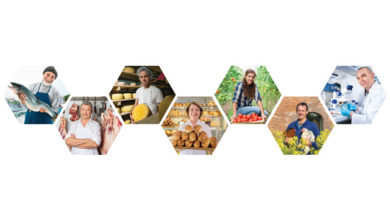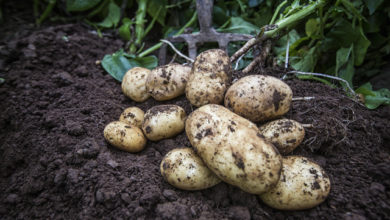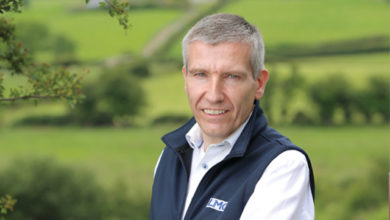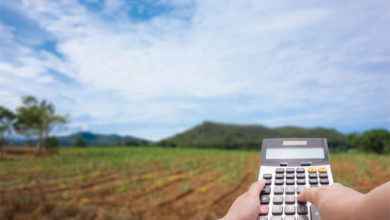Where now for farm subsidies in Northern Ireland?
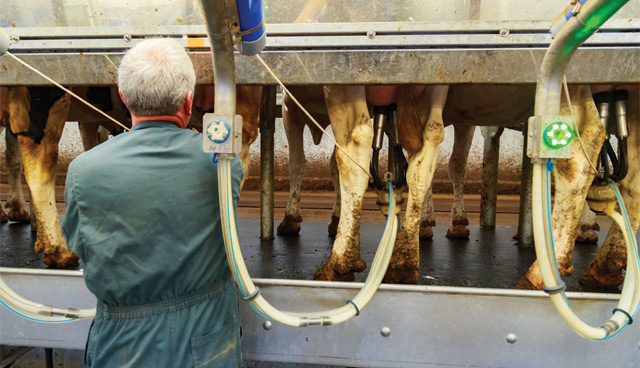
Department of Agriculture, Environment and Rural Affairs Minister Edwin Poots has stated that Northern Ireland will have full autonomy when it comes to settling the shape and size of the farm subsidy regime available to agriculture from 2021 onwards. Richard Halleron assesses the likelihood.
Short of a complete free trade deal between the UK and the EU being arrived at before the end of this year, Northern Ireland will be retained in all-island protocol, which will see local agriculture and food matching changes to all the regulations and standards set by Brussels.
Another complicating factor is the role which the World Trade Organisation (WTO) plays in these matters. Courtesy of its regulation, regions are only allowed to dedicate up to 13 per cent of their spend on subsidies to directly target production, in other words coupled payments.
Minister Poots, who strongly advocates a reversion to production-based support, will, no doubt, argue that the WTO recognises the entire UK as a region. This should then allow him play ‘ducks and drakes’ with England, Scotland and Wales as he strives to extract farm subsidy arrangements which will enable local agriculture to further expand its output.
So where are we right now, where farm support measures are concerned? It has been confirmed that the EU arrangements, which were agreed courtesy of the last Common Agricultural Policy (CAP) reform in 2013, will be rolled over in 2020.
In essence, this ensures that the Single Payment support measure will be maintained for another 12 months. This bespoke payment makes available an average subsidy of £270 per hectare across the total area farmed in Northern Ireland. The total figure works out at around £270 million per annum.
Brussels justifies its support for farmers on the back of the ‘public good’ they generate. The European Union cites the commitment farmers must make to improving water, soil and water quality as the payback that is delivered to taxpayers across the board.
Trading standards will be at the heart of the debate that is had regarding the future of farm support in Northern Ireland. We already know that the Brexit deal ensures no diminution in trade links between Northern Ireland and the rest of the island.
However, it’s also a fact that farmers in the Republic of Ireland will continue to receive a single payment of sorts beyond 2020, courtesy of their continuing alignment with the CAP. If the Executive in Northern Ireland decides to offer its farmers a more production-based support system, would such a divergence be considered to be a form of trade distortion? Questions like this have yet to be answered.
Now for a more fundamental question: does agriculture in Northern Ireland actually need subsidies? The answer to that question is a resounding ‘yes’. Currently, between 70-80 per cent of the total income generated by local farmers is accounted for by the Single Payment support mechanism. In relative terms, beef and sheep producers are more reliant on these monies that are paid directly into their bank accounts at the end of each year.
Barnett
So, before there is any discussion at all on how farm future support policies are to be structured, the most obvious priority is to ensure that the available budget meets the need of farmers on the ground. The great pitfall in this regard comes in the shape of the Barnett formula. Up to this point, agriculture has not been included in the out-workings of this mechanism through which the Treasury in London automatically adjust the amounts of public expenditure allocated to Northern Ireland, Scotland and Wales.
Northern Ireland has always received an allocation of monies for agriculture, which reflected the relative significance of farming to the economy of the region as a whole. If the Barnett formula had been used, the picture on the ground here would have been extremely different.
The Scottish Executive vented its fury in no uncertain terms at what it considered to be the positively biased treatment received by Northern Ireland when the last CAP support budget was divided up amongst the four nations of the UK. That was back in 2013. No doubt, Edinburgh will be ready to re-visit this matter when it comes to settling the distribution of the UK’s farm support budgets from 2021 onwards.
Currently, between 70-80 per cent of the total income generated by local farmers is accounted for by the Single Payment support mechanism.
Delivering for the public good can have lots of interpretations. Over the past decade, decision makers in Brussels have chosen to reflect the way that farmers impact on the environment. As a consequence, issues relating to water, soil and air quality have taken preference as this debate has unfolded.
There is little doubt that London will impress its own interpretation on these matters in a post-Brexit world. Department of Food, Environment and Rural Affairs (DEFRA) Secretary Theresa Villiers has already confirmed that such will be the direction of travel for agriculture in England and Wales.
DEFRA officials have already indicated that up to 20 per cent of the farmland in Great Britain could be planted out in trees over the next decade.
Significantly, food production is not deemed to be a ‘public good’ and this is a matter that really sticks in the craw of farmers. Another issue of deep concern for primary producers is their belief that they do not get a sustainable price for the food they produce. In fact, most farmers would argue that they would prefer to get decent prices for their produce rather than subsidies, which can be easily interpreted as hand outs.
Historically, the UK supported its farmers through a guaranteed price system. In other words, the Government made up the shortfall during periods when farmgate returns fell below agreed cost of production levels.
These measures were deemed appropriate in the aftermath of World War 2 and against the backdrop of a country that was not able to feed itself.
This system fell totally by the wayside upon the UK’s entry into the then Common Market back in 1973. However, a number of farming groups are now calling for a return to a price guarantee support mechanism once Brexit takes full effect.
The theory is a very simple one: pay farmers a decent price for their produce and they will then have their own money to invest in environmental improvement and enhanced conservation-related measures.
Irrespective of the subsidies that are brought on stream over the coming months and years, farmers will be arguing strongly for an enhanced support budget to be made available to production agriculture.
In making this case, they will point to the fact that funding levels to agriculture have been slashed in real terms over the past decade. The same period has also seen prices in the shops dropping in line with consumer demands for cheaper food.
As a consequence, farmers found themselves caught between a rock and a hard place as these conflicting trends were brought to bear. Their argument is that there is only so much pressure that any business can take. Once the tipping point is reached, the next stage in the process will be a mass exodus from the land.
Of course, the UK Government may well take the view that it can import all the food it needs. However, such an approach brings with it the risk of importing produce that has little or no associated traceability and which is of a significantly lower heritage than that produced by its own farmers.
But, in truth, that would be a very big risk to take.


